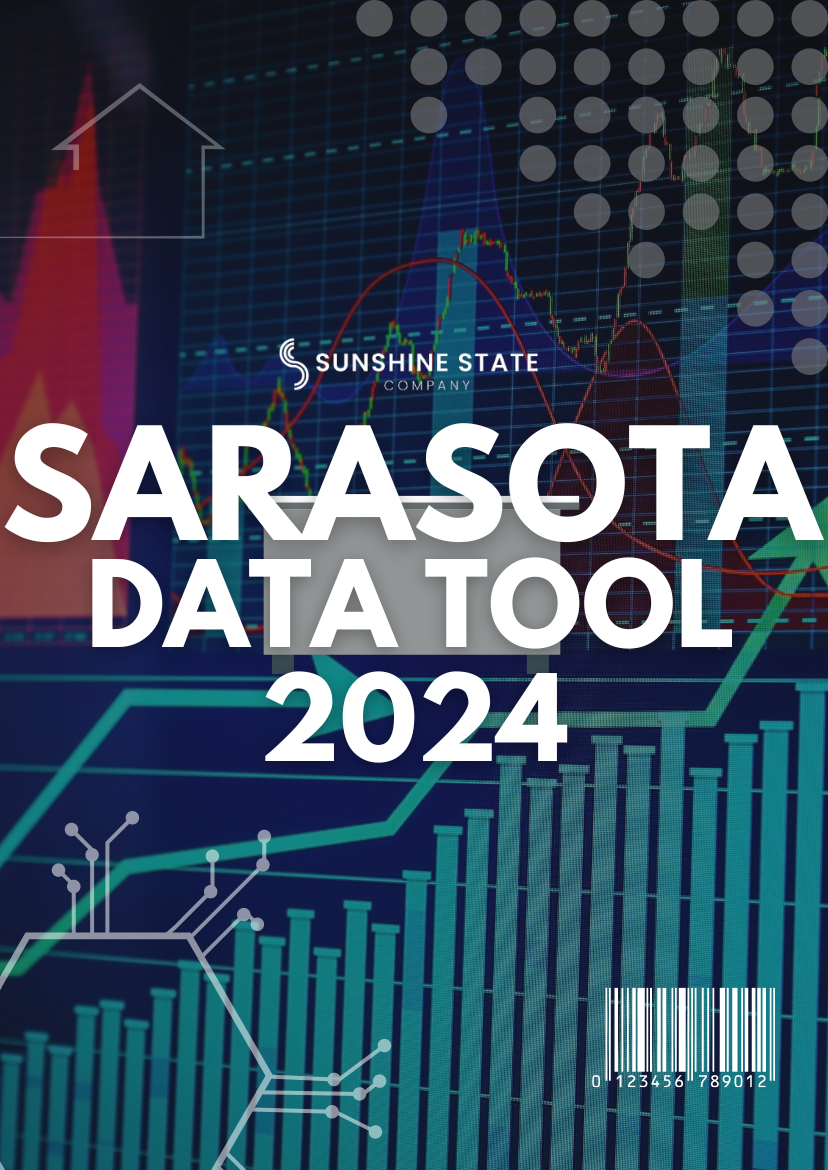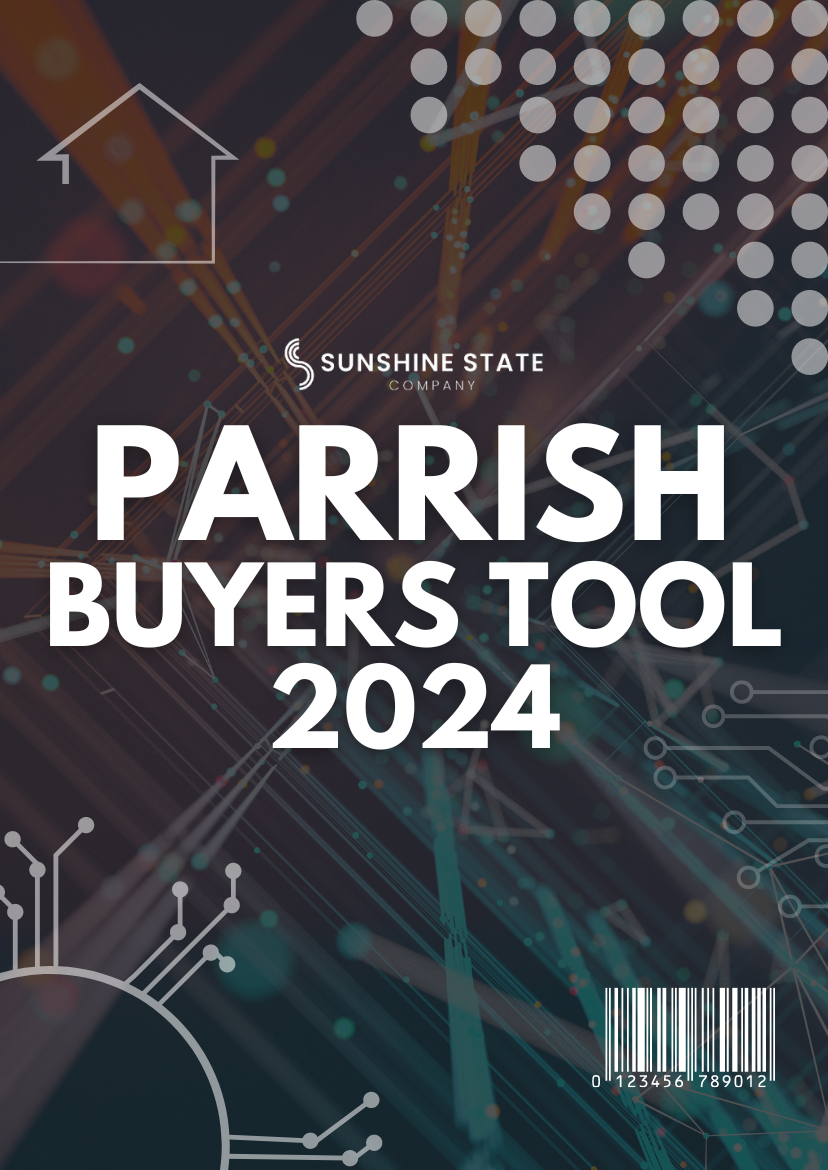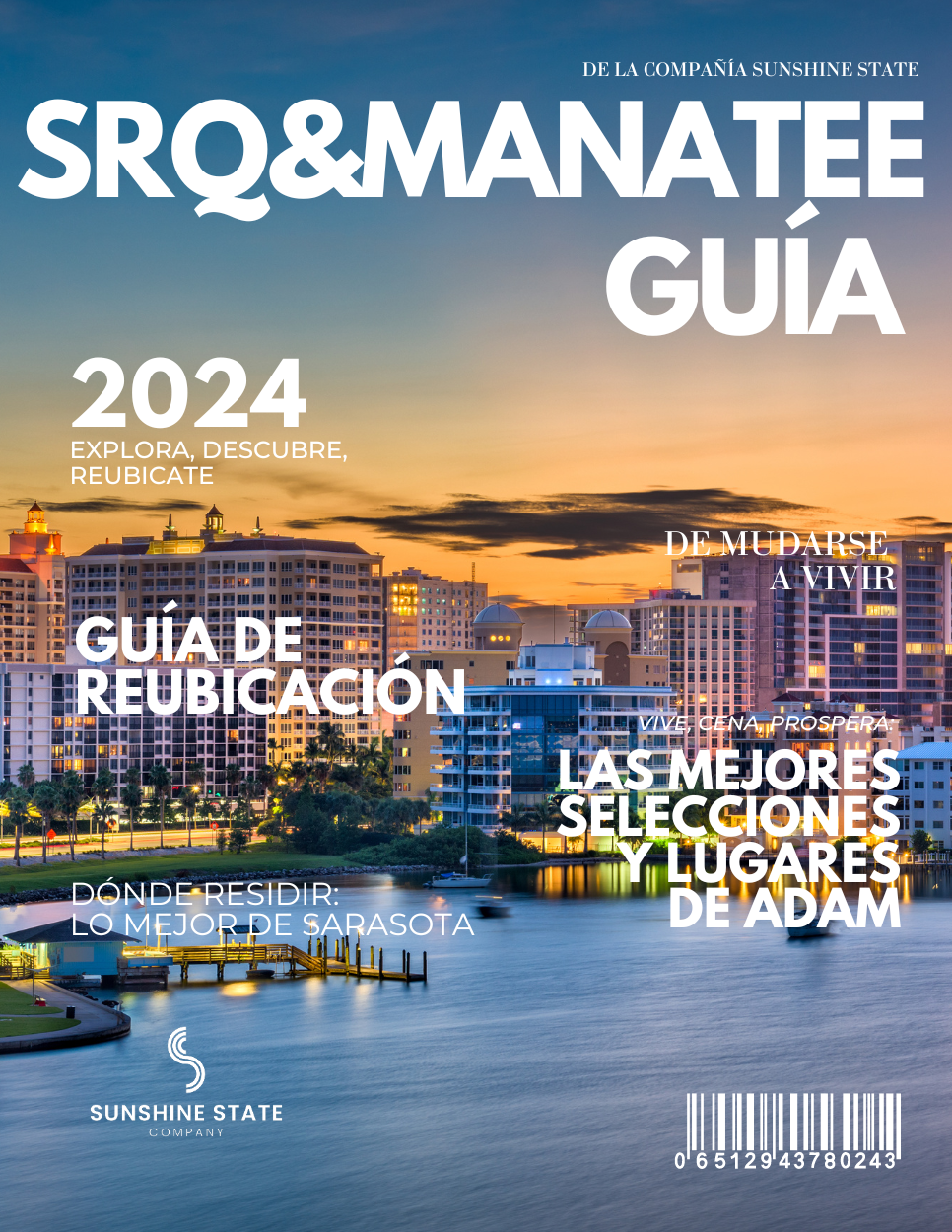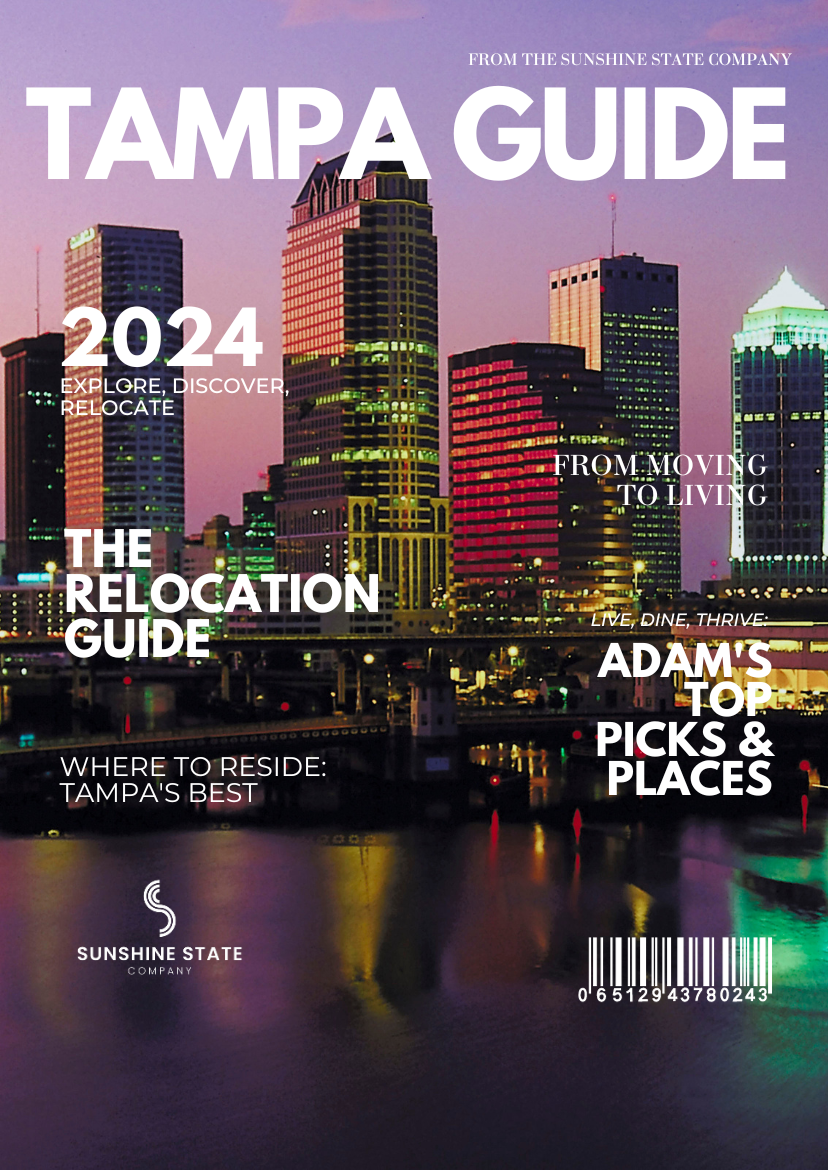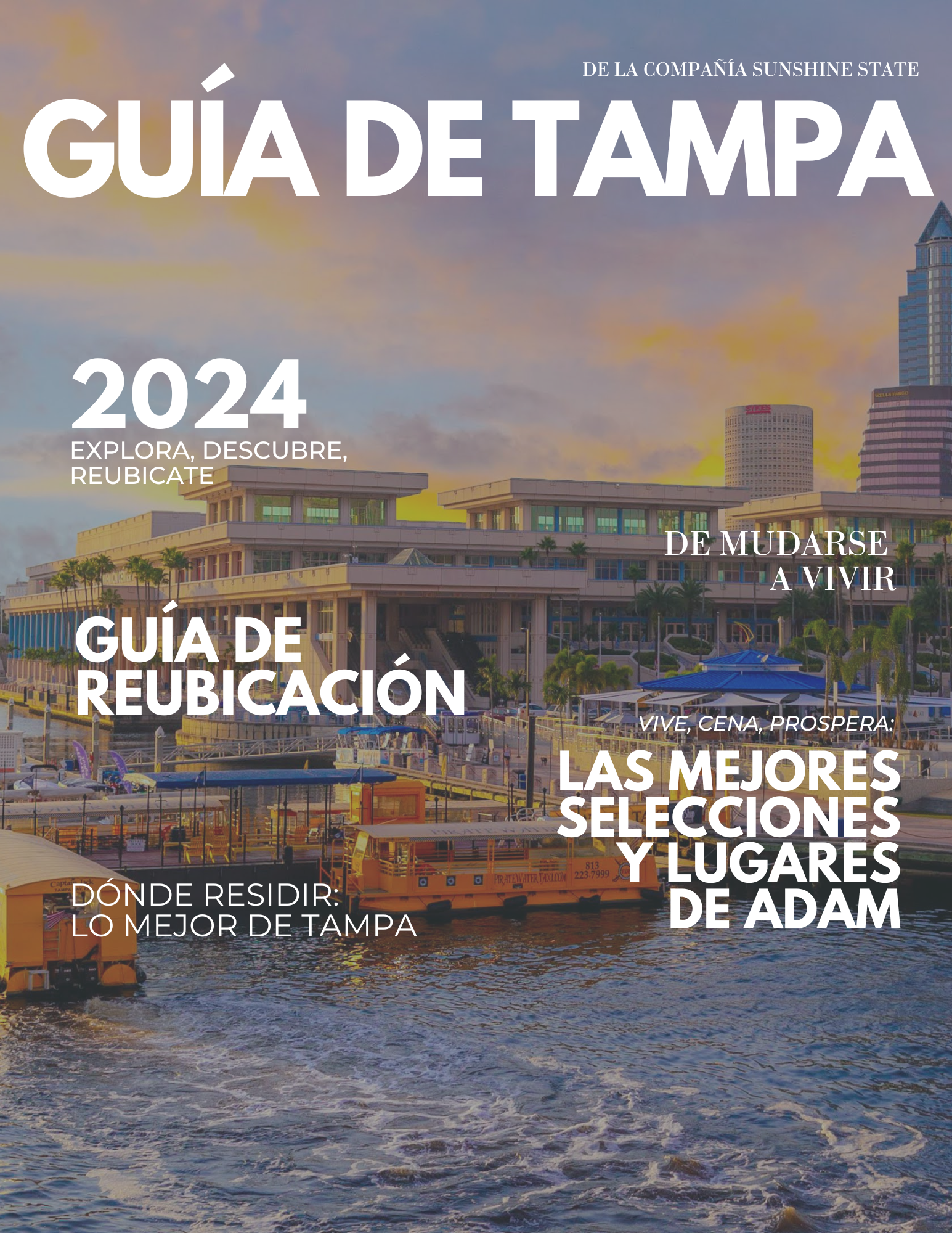Cost Of Living In anna maria island Florida
Table of Contents:
- Introduction
- Housing Costs
- Property Taxes
- Utilities
- Insurance Costs
- Everyday Expenses (Groceries, Dining & Entertainment)
- Final Thoughts
Introduction
Thinking about making Anna Maria Island your new home and curious what it might cost day-to-day? In 2025, living on this charming little Gulf Coast island doesn’t come cheap – especially when it comes to housing – but your expenses will vary based on your lifestyle and expectations. In this post, we’ll break down the key cost of living factors: housing, property taxes, utilities, insurance, and everyday expenses like groceries, dining, and entertainment. We’ll also sprinkle in a few comparisons to nearby spots like Siesta Key, Sarasota, and Longboat Key for context. Let’s dive in and see what living on “AMI” really costs.
Housing Costs
Anna Maria Island’s housing market is among the priciest in Florida for good reason: it’s a small island with limited space and endless appeal. As of 2025, the median sale price for a home here hovers around $1.8 million. That’s roughly triple to quadruple the national median home price, and notably higher than even other upscale beach towns nearby (for instance, Siesta Key’s median is around $1.0–$1.1 million and mainland Sarasota sits closer to $500k). In short, expect to pay a premium to call Anna Maria Island home.
What drives these prices? Scarcity and charm. The island (which includes the city of Anna Maria at the north end, plus Holmes Beach and Bradenton Beach further south) has a finite number of properties, many of them quaint beach cottages or upscale waterfront homes. Even a modest older bungalow can fetch a high price tag simply because of its location and the allure of island life. Newer or remodeled homes with prime Gulf views can soar well above the already high median – multi-million dollar listings are common. The market saw huge appreciation in the early 2020s; by 2025 it’s cooled off a bit from the peak frenzy, but prices remain historically high. Also, keep in mind that mortgage rates are higher now than they were a few years ago – financing a million-dollar home at 2025 interest rates means significantly larger monthly payments than back when rates were at rock-bottom. This makes the cost of owning here even more challenging unless you have substantial income or savings.
Renting on Anna Maria Island isn’t exactly a bargain either. Long-term rentals are hard to come by since many owners prefer the lucrative short-term vacation rental market. If you do find a year-round rental, a typical two-bedroom might run in the ballpark of $2,500 to $3,000 per month, depending on the home’s condition and proximity to the beach. That’s about 50% higher than the U.S. average rent. Some smaller apartments or older condos might be a bit less, but overall, renting here is expensive and inventory is limited. For comparison, mainland options in Bradenton or Sarasota are more abundant and generally cheaper – but of course then you’re commuting to enjoy the island. Whether you plan to buy or rent, housing will almost certainly be your biggest expense living on Anna Maria Island.
Property Taxes
Florida’s property tax rates are relatively moderate, but because home values are so high on Anna Maria Island, the actual tax bills can be hefty. Manatee County (which covers Anna Maria Island) has an effective property tax rate around 0.8–0.9%. That means if you own a home assessed at $1 million, you’re looking at roughly $8,000–$9,000 per year in property taxes. On a $2 million home, the bill could approach $16k–$18k annually. In other words, property taxes add up quickly when you’re dealing with million-dollar properties.
The good news: Florida offers some relief for full-time residents. If you make your Anna Maria home your primary residence, you can file for the Homestead Exemption, which knocks up to $50,000 off your home’s taxable value. There’s also the Save Our Homes cap, which limits how much your assessed value can increase each year (helping protect longtime homeowners from massive tax jumps as market values rise). These measures can shave a bit off your annual tax bill. And don’t forget: Florida has no state income tax, which is a nice offset when you’re tallying up overall costs of living. Overall, property tax rates around Anna Maria are similar to other parts of the region (Sarasota County’s rate is in that same ballpark, for example) – it’s the high home values here that make for bigger bills. So if you’re budgeting for a home purchase on the island, factor in those tax numbers to avoid any surprises.
Utilities
When it comes to day-to-day utilities, living on Anna Maria Island is pretty comparable to other parts of coastal Florida. Electricity will likely be your biggest monthly utility expense, primarily because of air conditioning. With hot, humid weather for much of the year, you’ll have the A/C running often. It’s common to see electric bills around $150 per month for a moderate-sized home, and possibly more in the peak of summer if you like to keep things ultra-cool or have a larger house. This isn’t far off from what residents pay in nearby Sarasota or Bradenton – energy rates are standard across the region, though island homes might have to work a bit harder to beat back the heat and humidity.
Water, sewer, and trash services on the island are usually billed together and typically run about $50 to $100 a month, depending on your usage and household size. The island’s water supply and utilities are tied into the mainland, so rates are similar to those in other Manatee County communities. One thing islanders have to be mindful of is irrigation or outdoor water use; if you’re aiming for a lush tropical lawn or garden, watering it regularly could nudge your bill higher (and local utilities sometimes charge a premium for irrigation water).
Living on a barrier island also brings some unique maintenance considerations that can indirectly affect your costs. The salty sea air can be tough on metal, electronics, and even your home’s exterior. Many residents run dehumidifiers or schedule more frequent A/C maintenance to prevent mold and corrosion – little things that add to the “utility” portion of your budget. While these aren’t huge expenses individually, they’re part of the cost of keeping your home comfortable in a coastal climate. The bottom line on utilities: basic monthly bills are pretty reasonable and in line with what you’d spend in any Southwest Florida location. You won’t be paying extra for electricity or water just because you’re on Anna Maria Island versus inland – it’s the housing and insurance that really drive up the budget here, not the light bill.
Insurance Costs
If there’s one expense that can rival housing in terms of sticker shock on Anna Maria Island, it’s insurance. Florida already has some of the highest homeowners insurance rates in the country, and coastal areas like Anna Maria are at the upper end of that range. Many homeowners here easily pay $8,000 to $12,000 (or more) per year for a comprehensive homeowners insurance policy. Yes, you read that right – per year. The closer your house is to the water (and the older it is), the more you’re likely to pay. Insurers look at the risk of hurricanes, storm surge, and even the salt air’s wear-and-tear, and those factors are all in play when insuring an island home. New construction built to the latest hurricane codes might get somewhat better rates, but either way, expect a big insurance bill.
And that’s just regular home insurance. Flood insurance is a separate must-have policy for most Anna Maria Island properties. Being on a low-lying barrier island means nearly the entire area is a flood zone. If you carry a mortgage, your lender will require flood coverage – but even if you own a home outright, skipping flood insurance would be a risky gamble. Flood insurance costs can range widely. You might pay only a few hundred dollars a year if, say, you have a small elevated cottage with lower flood risk. But for a ground-level house or a luxury waterfront property, it could be in the thousands per year for ample coverage. Recent changes to the federal flood insurance program (FEMA’s new rating system) are adjusting premiums to more risk-based pricing, so some owners have seen their rates go up. It’s definitely something to investigate for any property you’re considering, so you’re not caught off guard by the flood insurance quote.
On top of that, wind mitigation is a big deal in Florida. Insurers give discounts if your home has hurricane-resistant features – things like impact-rated windows, updated roof tie-downs, or storm shutters. Many Anna Maria homes are older beach cottages, which might lack these reinforcements. So, if you’re buying an older place, you might invest in upgrades to harden the home against storms. The upside is not only peace of mind during hurricane season but also potentially lower insurance premiums once those improvements are in place.
Don’t forget car insurance either. Auto insurance in Florida runs higher than the national average, and that affects you on the island just like anywhere else in the state. You might be looking at roughly $150 to $200 per month for full coverage on a typical vehicle – that’s $1,800 to $2,400 a year, per car. It’s not the highest in the country, but it’s definitely more than what you’d pay in many other states. Florida’s no-fault insurance rules and high accident rates keep premiums up.
All told, insurance is a major part of the cost puzzle here. In fact, some residents joke that “the price of paradise” is paid in insurance premiums. The past few years have been challenging statewide – after a couple of severe hurricane seasons and rising claims, several insurance companies pulled out of Florida or raised rates significantly. By 2025, many homeowners are finding fewer options and higher quotes. Don’t be surprised if you end up with Citizens Insurance, the state-backed insurer of last resort, if private insurers decline to cover your island home. The key takeaway is to budget generously for insurance – it’s one expense that often shocks newcomers, and it can rival or even exceed your property tax bill. This is pretty much the case in any beachside community in Florida, whether it’s Anna Maria, Siesta Key, or Longboat Key. Coastal living is amazing, but it comes with insurance costs that you absolutely need to factor in.
Everyday Expenses (Groceries, Dining & Entertainment)
Aside from housing and insurance, the day-to-day costs on Anna Maria Island are more down-to-earth. Groceries, for example, aren’t astronomically expensive here, though you might pay a bit of an island convenience premium on some items. The island has a Publix supermarket in Holmes Beach that most locals rely on for their weekly shopping. Prices at Publix are pretty standard for Florida – maybe a tad higher than discount chains, but you’ll find the essentials without price gouging. (Some vacationers grumble that the Publix on the island is pricey, but truthfully it’s about the same as any Publix on the mainland. A gallon of milk around $5 and a loaf of bread around $4 is in line with national averages.) For a wider selection or cheaper bulk buys, many residents do periodic trips to mainland stores like Walmart, Aldi, or Costco in Bradenton. It’s a bit of a drive off-island, but not too bad for a monthly stock-up if you want to save on staples. Overall, grocery shopping on the island is convenient and only slightly more expensive than in a larger city, provided you’re not exclusively shopping at high-end specialty markets.
When it comes to dining out, Anna Maria Island offers a great mix of casual beach cafes, family-owned eateries, and a few upscale restaurants – and prices reflect the tourist-driven economy. Grabbing a casual lunch (say, fish tacos or a burger at a beachside spot) will typically run around $15–$20 per person. If you’re going out for a nicer dinner – perhaps fresh seafood at a sit-down restaurant with a sunset view – you might be looking at $30–$50 per entrée, or roughly $100 for two people including drinks, tax, and tip. This is pretty on par with other Gulf Coast vacation towns. It’s the kind of place where you pay a bit more for the atmosphere and location. During high season (winter and spring), restaurants fill up quickly and waits can be long. Many locals adjust by dining out more in the off-season or early-bird hours, and cooking at home a bit more when the island is at peak capacity. If you compare to Sarasota on the mainland, there you’d have a wider range of options including more budget-friendly chain restaurants. On Anna Maria, it’s mostly independent spots catering to visitors and locals, so the pricing is moderate to high, but the quality of the experience is the draw.
Entertainment on Anna Maria Island is one area where you can spend a lot or very little, depending on your interests. The good news is that the most popular leisure activities here are inexpensive or free. Enjoying the beautiful beaches costs nothing, aside from maybe the price of sunscreen and a beach chair. You can fill your free time with swimming, paddleboarding, beach yoga, fishing off the piers, or joining in a pick-up game of beach volleyball – none of which requires a pricey membership or ticket. The island also has community events like farmer’s markets, art walks, and live music in the park that might cost you just a few bucks for a snack or a donation. Sunsets every evening are free entertainment unto themselves (and a pretty popular “event” around here).
If you’re into more organized activities, there are options too, just keep the costs in mind. For example, renting a jet ski or going on a guided fishing charter will set you back more (tourist-oriented activities can run from $50 up to a few hundred dollars for an outing). Golf isn’t actually on Anna Maria Island (there are no golf courses on the island itself), but you can drive to courses in Bradenton or Longboat Key if that’s your hobby – green fees will be similar to elsewhere in Florida. There’s also the reality that for big entertainment like movies, concerts, or extensive shopping, you’ll be heading off-island to Bradenton, Sarasota, or Tampa. That can add some cost (gas, tickets, etc.), but it’s optional based on your lifestyle. Many residents find that living in a quiet beach community actually lowers their entertainment spending; they swap mall trips and expensive nights out for bike rides and backyard barbecues. It’s a different style of living, and one that can be pleasantly light on the wallet.
Final Thoughts
Living on Anna Maria Island isn’t cheap – but that’s true of most beautiful places where everyone else wants to be. The steepest costs here are tied to housing and insurance. Outside of those big-ticket items, you’ll find that other routine expenses like groceries, utilities, and casual fun are fairly manageable and not wildly out of line with national averages. In fact, day-to-day life (aside from your rent or mortgage) can be as expensive or as frugal as you make it. You might splurge on fresh seafood dinners and boutique shopping, or keep it simple with home cooking and sunset strolls; the island lifestyle accommodates both.
In comparison to nearby areas, Anna Maria Island’s overall cost of living is in the same league as Siesta Key or Longboat Key – perhaps even a notch higher when it comes to buying a home, since our little island’s real estate is so coveted. Mainland cities like Sarasota or Bradenton will definitely be easier on the wallet (especially for housing), but of course, they don’t come with that laid-back island vibe and the beach at your doorstep. That’s the trade-off: you pay more to live in a postcard-worthy community, but many people find it well worth the price.
The bottom line? If you’re budgeting for a move to Anna Maria Island, go in with eyes open. Do the math on what your housing (plus taxes) and insurance will cost, since those will dominate your expenses. It might even be wise to rent first for a year to get a feel for off-season vs. high-season living and to see how your budget holds up. Make sure to leave some wiggle room in your finances for the unexpected – whether it’s a spike in insurance premiums next year or a surprise A/C replacement (salty air can be tough on those units!). Being financially prepared will let you actually enjoy this little slice of paradise without constant money stress.
At the end of the day, most locals will tell you that despite the high costs, living on Anna Maria Island is pretty special. The sense of community, the natural beauty, and the ability to watch the sun sink into the Gulf every evening can feel priceless. It just comes at a premium. So weigh your priorities, plan your budget, and if you decide to take the plunge, you’ll at least know what to expect on the financial front. Here’s to hoping you get to call this island home – and that you enjoy every moment of that Anna Maria Island lifestyle, expenses and all!
Recommended Blogs
Recommended Videos
Categories
Free Relocation Guides
The YouTube Channel
Watch The Latest With Adam Hancock
Each week I'll give my view on everything from the best neighborhoods around Southwest Florida and new construction communities.

One of the most unique things about our brokerage is how we view the real estate experience!
When you work with The Sunshine State Co team you get Adam, the broker, & your own dedicated agent. This formula provides clients with a full-time market researcher (aka - the best info possible), read more...
LIke Free stuff?
Florida guides, tools & more!
The absolute SMARTEST way to relocate and/or invest in the entire state of Florida. We create an abundance of original, value-based and economics-first resources to equip our clients for the real estate market ahead. Smarter buyers are more savvy buyers!
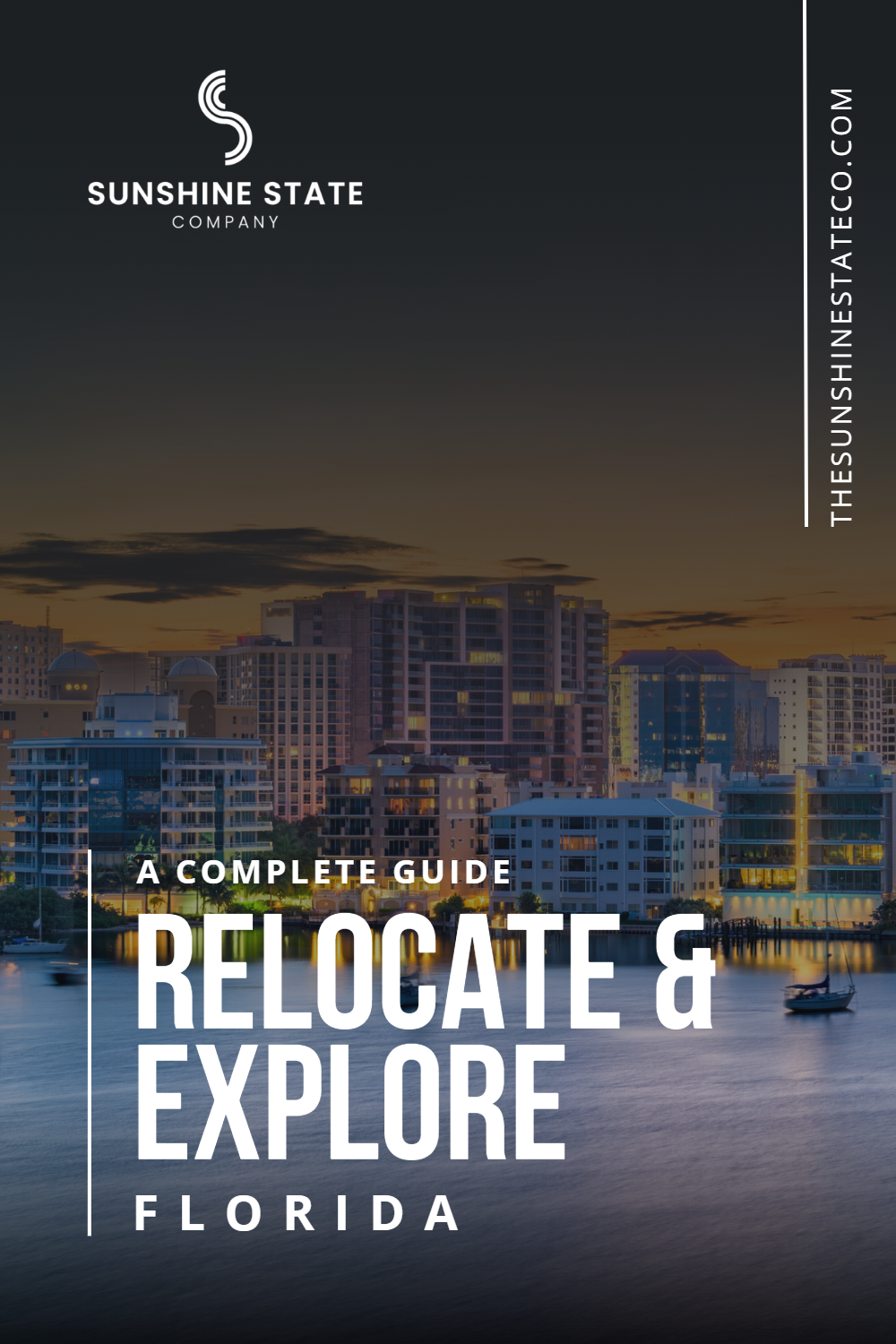
Sunshine State Company
Ready to take the next step?
Let's schedule a meting! During this initial consultation, we'll learn more about your situation and what you're seeking in a home. We'll provide advice and address any concerns you may have, in order to determine the best approach to achieving your goals. By the end of our conversation, we'll have a solid plan of action and next steps for moving forward.



